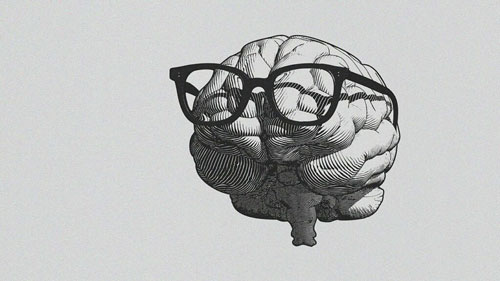RESEARCHERS have uncovered distinct differences between people who can create visual images in their mind and those without this ability. They found more proof that ‘mind-blindness’ is a legitimate condition.
The inability to voluntarily form mental images was first described in medical literature by Francis Galton in 1880. People with this condition experience difficulty picturing scenes or objects in their mind, a phenomenon known as mind-blindness.
Since Galton first reported its existence, it wasn’t until a 2015 study published in the journal Cortex that scientist Adam Zeman labeled the condition as “aphantasia.”
Aphantasia is rare, but scientists have identified two types of the disorder, including acquired aphantasia, which can occur after a brain injury or occasionally after periods of depression or psychosis, and congenital aphantasia, which is present at birth.
People without visual imagery can experience a host of challenges. For example, the ability to recall faces or familiar places can cause frustration and social difficulties.
Being unable to visually remember important events, such as what the flowers or dress looked like on a person’s wedding day, can also be rtdisheartening. Even simple imagery tasks, such as counting sheep to fall asleep, is a challenge.
Interestingly, a recent article in Scientific Reports notes that people with this condition experience images while dreaming, although they are not as vivid or frequent. This observation suggests that while unintentional visual imaging may remain mostly intact, intentionally recalling images is more challenging.
To probe deeper into the inner workings of the “mind’s eye,” a group of researchers recently set out to investigate the differences between individuals who have aphantasia and people with typical imagery skills.
The researchers used drawing tasks requiring visual memory to ascertain differences between the two groups. Their findings appear in the journal Cortex.
The study team showed photographs of three rooms to 61 people with aphantasia and 52 without the condition. The scientists then asked participants in both groups to draw the rooms, once from memory and once while using the photo as a reference. The drawings were scored objectively by 2,795 online volunteers. After gathering the data, the team adjusted for age, differences in art abilities, and visual recognition performance.










